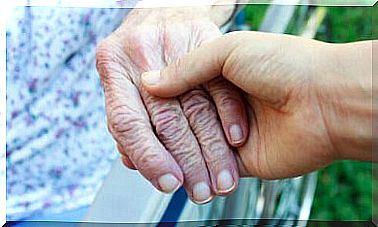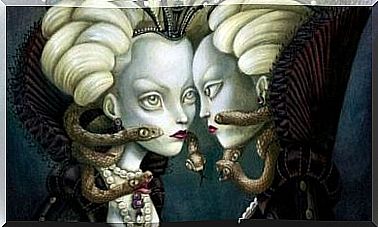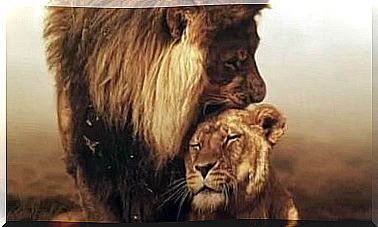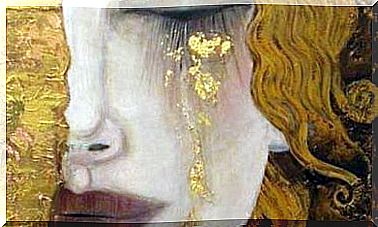Olive Oatman – Twice Imprisoned Woman With A Blue Tattoo
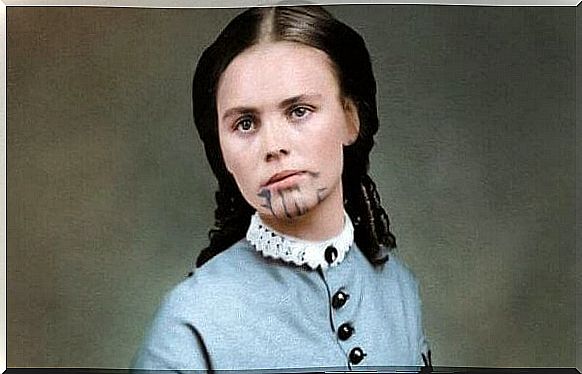
Olive Oatman is known as a mysterious woman with a blue tattoo on her chin. As a child, he was kidnapped by the Yavapai Indians, later admitted to the Mohave Indian tribe, and eventually came to the rescue of his brother. He devoted part of his life to talking about survival and the power of people.
You may have come across this story. The calm face and eyes of the protagonist of the story certainly catch the eye, but above all, the gaze hits a drastic tribal tattoo that contradicts his general appearance. She was clearly more than just a well-bred and kind 19th-century woman.
Olive Oatman was no ordinary woman of her time. She was a woman who went through a great trauma in her life, someone who tried to survive and adapt to every setback that fate gave her. And he did survive, that’s for sure. Her interesting life story is compiled into the works Captivity of the Oatman Girls (1856) and The Blue Tattoo: The Life of Olive Oatman, written by Margot Miffin .
However, there is something in Olive’s life that is often not talked about. He never experienced himself as free as when he lived with the Mohave Indians. In fact, almost 100 years later, the small town was named after him. It was a place where this young girl lived with the indigenous peoples of America and where, interestingly, she was happier than ever.

Olive Oatman, years in prison, years in freedom
We live in the dry but rugged landscapes of Colorado for 1850. In the distance, on a lonely rocky road, we see a caravan of settlers moving forward with their animals, carts, and great hopes of settling into a “new world”. But the new world was already inhabited by its real owners, and these were not just going to give their land to these hopeful intruders.
Among these “intruders” was also the Oatman family. They were Mormons led by the fanaticism of Pastor James C. Brewster, the spiritual leader. This was the person who eventually took them towards disaster.
They knew nothing about the area, nor did they agree to listen to the warnings. Their will was so strong and their faith so blind that they did not realize that the land already had owners. The owners were a wild and rather violent tribe: the Yavapai Indians.
The Indians killed almost the entire expedition. Afterwards, they decided to capture two pioneer girls: Olive Oatman, 14, and her sister Mary Anne, 8.
After this trauma they experienced, the two girls saw little improvement in their situation. For nearly a year, they had to experience beatings, hunger, and constant humiliation by the natives who hated whites so much. But the girls ’luck turned thanks to a neighboring tribe.
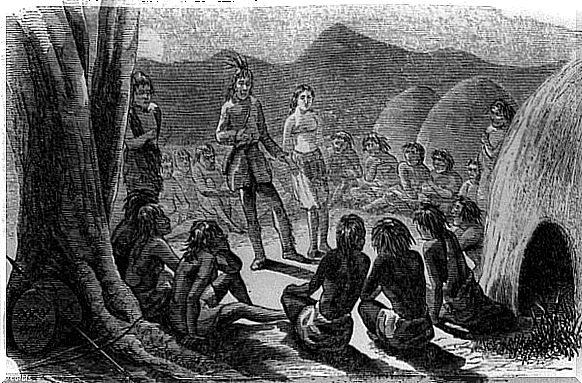
Life with the Mohave Indians
This tribe were Mohave Indians. They decided to save the girls by doing a barter where they gave several horses from two captured girls. Once the deal was made, Olive and his sister began a new life, quite different from that deficient life with the Yavapai Indians.
They were adopted into the families of Espanesay and Aespaneo. They were welcomed by an area full of beauty, wheat fields and poplar forests. It was a place where they could sleep every night in the company of friendly people.
As a sign of belonging to the community, the girls were given a traditional tattoo. Through this tattoo, a religious, connecting symbol of the Mohave Indians, their alliance with other members of the tribe was guaranteed in the hereafter.
It took quite a few years for Olive to mourn the loss of her parents and get closer to her new family. At times, however, there were difficult times: years of drought, where people went hungry and many children died, including Olive’s sister Mary Anne. Olive was allowed to bury her sister according to her own religion. He was given a piece of land on which he planted wild plants in the garden.
An invisible tattoo by Olive Oatman
Olive Oatman was nearly 20 years old when a message from Fort Yuma arrived in the city of Mohaven. There had been learned of a white woman living in the tribe, and now they were demanding her back.
But it must be said that this young girl was never a prisoner of the Mohave Indians. The Indians always told him that he could leave at any time he wanted. But Olive never had any particular interest in going back to what whites called civilization. His life was good. He was happy.
Despite this, he changed his mind after hearing that the person demanding his return was Laurence. Laurence was his little brother, whom he thought had died in a brutal attack by the Yavapai Indians. He decided to leave the Mohave Indians to go back to his brother. It was a difficult decision, and he regretted it years later.
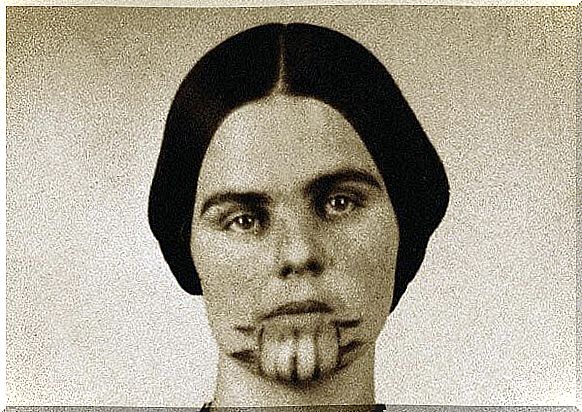
A woman with a blue tattoo
This is how she became “a woman with a blue tattoo”. The Victorian dress, with which an attempt was made to cover him immediately, did not hide the tattoo on his chin. But many did not know that there were striking tattoos on his arms and legs as well. However, they never saw the Colorado sun again.
After returning to civilization, everything happened very quickly. A book was written about his story. He was offered royalties, which he took advantage of. The money helped him study at university and pay for his brother’s education. He later began lecturing around the United States, talking about his experiences with the Yavapai and Mohave Indians.
What the book contained and what people expected to hear in the lectures were anecdotes about the brutality of the Indians, their ignorance and inhumanity. Under pressure, Olivia had to lie in order to survive in a city that had welcomed her into her new life.
In 1865 Olive married a rich rancher. The man asked him for only one thing: for Olive to forget his past, leave the lectures behind, and cover his tattoo with a scarf. And so Olive did, letting time pass this way, moment by moment, year by year. Submissive to one who was perhaps the worst prison of his life. He thus got a new “tattoo”: pain and memories of good years with the Mohave Indians when he was free and happy…
Olive Oatman often suffered from severe headaches and depression while living, and even spent time in Canadian clinics. Attempts were made to cure him of his longing for another family, the Mohave Indians. Oatman was 65 years old at the time of his death.



